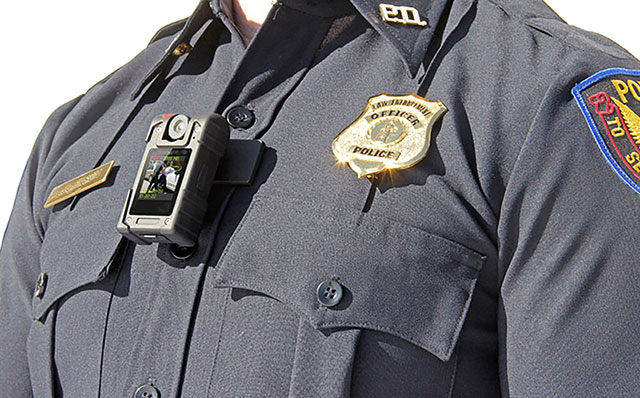DIGISTOR was approached by a large, successful manufacturer of body worn camera equipment in 2013 concerning the launch of a new camera targeting the law enforcement community.
The camera had a beautiful industrial design, and was loaded with several new features including very high resolution video.
The software developed integrated seamlessly with a full chain of custody solution, ensuring that the digital evidence would be admissible in a court of law.
The Challenge
But, there was one problem. The microSD card originally selected for the camera continually became corrupted, thus losing valuable evidence and making this new body camera all but useless.
Although hundreds of thousands of dollars had been invested in the camera’s hardware and software development, very little investigation was done into the data storage solution the video would ultimately be written too.
The manufacturer turned to DIGISTOR for help.
The Solution
DIGISTOR worked with the manufacturer’s engineering team to understand the full picture, and identified two critical application requirements:
- Speed. The customer had a critical high speed write requirement that the SD card had to achieve under all circumstances.
- Reliability. It was crucial that not only the video was protected from corruption, but that the manufacturer’s customers could have a firm understanding of the life expectancy of each card.
Early on in the design process, the manufacturer focused heavily on speed as the number one requirement.
Working closely with the DIGISTOR firmware engineers, the manufacturer was able to achieve the performance needed for video capture of high resolution video.
Moving on to the reliability requirements, the engineers quickly realized the two bigger issues were the lack of consistency on longevity of the microSD cards, and an unacceptable failure rate.
The DIGISTOR engineer’s test results showed that corrupted tables were locking up the SD cards and not allowing for data recovery of potentially crucial video evidence. The engineers took the following approach to support the manufacture’s identification of the best microSD card solution:
- DIGISTOR provided an application analysis card which the manufacturer ran in a real life application scenario for a 2-week period.
- DIGISTOR analyzed the data captured to determine how the application was accessing the SD cards, which also showed the write/erase counts.
- The data analysis also showed incompatible access patterns within the customer software which could be altered to help overall reliability.
- DIGISTOR was able to perform a Failure Analysis (FA) on the failing cards that showed how the manufacturer’s application was writing to the SD card and where the issues were occurring.
The Results
By having a full understanding of how the video application accessed the SD card and also how the software was over-stressing memory cells due to unevenness of the write/erase cycles caused by incompatible access patterns in the application itself, the DIGISTOR engineering team found that the standard wear-leveling algorithm was not activating properly and causing corruption within the SD card.
DIGISTOR was able to modify standard firmware to meet the requirement of the video application.
DIGISTOR recommended the manufacturer make changes to the software, which improved the overall performance of the SD card and BWC application.The manufacturer was able to achieve both the performance and reliability needed for a successful new camera launch.
Today, the manufacturer continues to grow share in the body worn camera market and achieve a solid ROI on their secure data platform.


Recent Comments